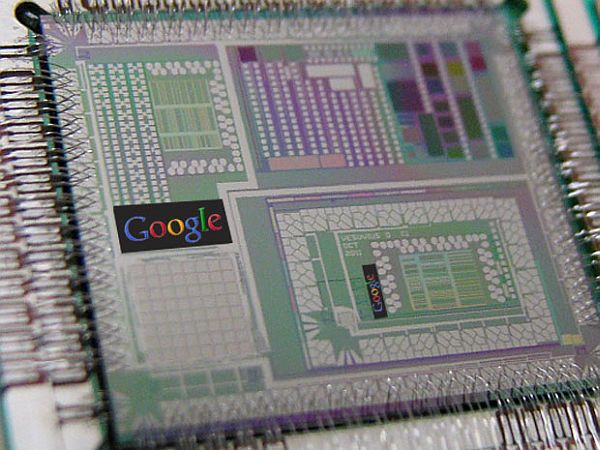Quantum logic gate based on qubits is what most of the quantum computing labs is working on to make the product a reality. However, these labs show no or less confidence in companies like D-Wave, the Canadian based that came out with world’s first commercially available quantum computer functioning on 128-qubit chipset, in 2011. Lately, in an interesting turn of events, Google went a step ahead by hiring a team of researchers for building their initial Google quantum computer using quantum annealing as per the D-Wave approach than the conventional gate- model blueprint.
Google’s announcement of their upcoming plan came along with hiring of John Martinis, physics lecturer at the University of California. Martinis has been working along in creating techniques for protecting quantum information from errors.
As of now, the focus is on solving optimization problems hence, developing a quantum annealing computer similar to the D-Wave machines is on the charts. However, in the near future, the duo of tech giant and Martinis team will be working towards creating universal gate-model quantum computers that would have an ability of solving a wide range of problems.
Qubits in gate model and D-Wave
In a standard gate model, the qubits are arranged in circuits and then they are made to interact amongst themselves but in a fixed sequence. However, the process in D-Wave initiates with a set of non-interacting qubits placed at the lowest energy state, i.e. the ground state and then gradually morphs the system into a set of qubits. The transformation is done adiabatically and the interactions at the ground state correspond to the accurate response for a particular problem that is being aimed at.
D-Wave’s performce
D-Wave has already attracted controversy when it comes to quantum annealing (QA) since it has given up some qubit coherence while taking a giant step towards the 512-qubit D-Wave Two machine. Researchers in majority were skeptical whether D-Wave would be able to outshine classical computers in solving optimization problems. However, it did pass through a number of tests and benchmarks put forth by NASA, Google, and Universities Space Research Association.
Combining best of both the worlds
With a target of developing a robust quantum annealer, the tech giant is planning to go with both the approaches: universal gate-model and D-Wave.
Team lead by Martinis has already developed up to nine qubits based quantum computing systems as per the D-Wave approach. And under the flagship of Google, they are aiming towards doubling up of qubits every year and finally scaling up to 40 or 80 qubits. At this number, it would be interesting to see the system’s performance, noted Martinis.
Along with this, the team will go on with its development of error-correction codes for Google so that they could have robust and error free logic-gate quantum computers.
Martinis group into Google’s crew hints that the big G wants to tap the best of talent and across the board expertise at its Quantum Artificial Intelligence Lab. It will also provide a podium for collaboration between academicians and D-Wave, which was a farfetched dream in the past since academicians were full of skepticism towards D-Wave’s machines.
Source: IEEE Spectrum




